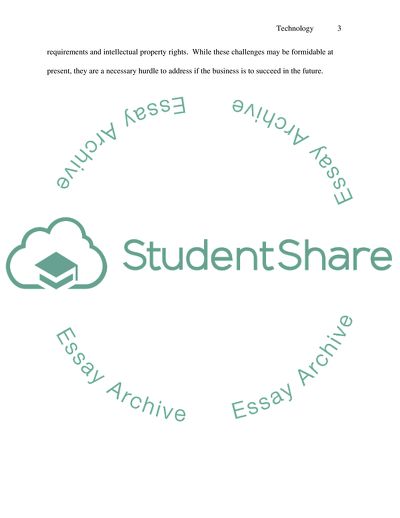Cite this document
(Technology and Services Marketing Report Example | Topics and Well Written Essays - 1500 words, n.d.)
Technology and Services Marketing Report Example | Topics and Well Written Essays - 1500 words. https://studentshare.org/marketing/1727541-how-technology-helps-service-marketers
Technology and Services Marketing Report Example | Topics and Well Written Essays - 1500 words. https://studentshare.org/marketing/1727541-how-technology-helps-service-marketers
(Technology and Services Marketing Report Example | Topics and Well Written Essays - 1500 Words)
Technology and Services Marketing Report Example | Topics and Well Written Essays - 1500 Words. https://studentshare.org/marketing/1727541-how-technology-helps-service-marketers.
Technology and Services Marketing Report Example | Topics and Well Written Essays - 1500 Words. https://studentshare.org/marketing/1727541-how-technology-helps-service-marketers.
“Technology and Services Marketing Report Example | Topics and Well Written Essays - 1500 Words”. https://studentshare.org/marketing/1727541-how-technology-helps-service-marketers.


